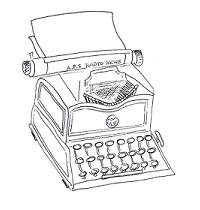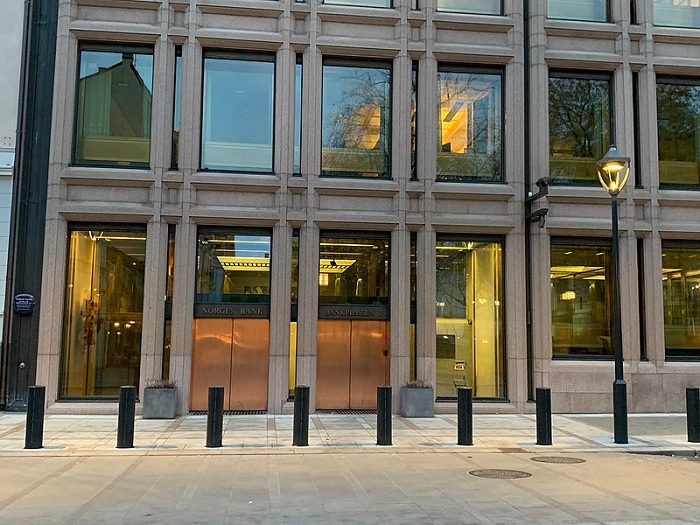economy headline news
Norway’s central bank said Thursday it was raising its main interest rate to four percent, its 12th hike in less than two years, and said another raise was expected in September. headline news
“Consumer price inflation has edged down but remains high and markedly above the target,” Norges Bank said in a statement.

Like many countries, Norway has been struggling with high inflation since the end of the Covid pandemic and Russia’s invasion of Ukraine.
In July, core inflation which excludes energy prices and tax changes — the indicator used by the central bank to guide its monetary policy — was at 6.4 percent year-on-year, well above the bank’s target of around two percent.
In September 2021, Norges Bank was one of the first in the Western world to start raising its key rate and it is now at its highest level since the end of 2008.
“If the economy evolves as currently anticipated, the policy rate will be raised further in September,” said Ida Wolden Bache, governor of Norges Bank.
In June, the bank had signalled that the rate should peak at 4.25 percent this autumn. However, some economists believe it could go higher if inflation persists.
phy/nzg/jll/kjm
© Agence France-Presse. All rights are reserved.
economy headline news
Notes from APS Radio News
Reportedly because of what was being called a “pandemic”, a number of the world’s central banks embarked on massive programs of monetary expansion, starting in late February and early March of 2020.
For its part, between the early part of March of 2020 to over a year later, the US Federal Reserve added over $4 trillion to its holdings, by purchasing billions of dollars’ worth of Treasury bonds and corporate bonds each month during that period.
As well, at that time it kept interest rates rather low.
Other central banks, including the Bank of Japan and the European Central Bank, followed similar policies.
In addition, during that period many countries engaged in lockdowns; many small and medium-sized businesses and enterprises were shuttered by way of orders issued by public health officials, politicians and various administrators.
One of the direct causes of those shutdowns was the development of shortages.
According to a number of economists, the combination of shortages of various goods and services and massive programs of “quantitative easing” led to substantially higher rates of inflation.
In consequence of shuttered economies and higher rates of inflation in the first world, less developed countries suffered greatly, due, in part, to shortages of supplies and due to lowered demand.


